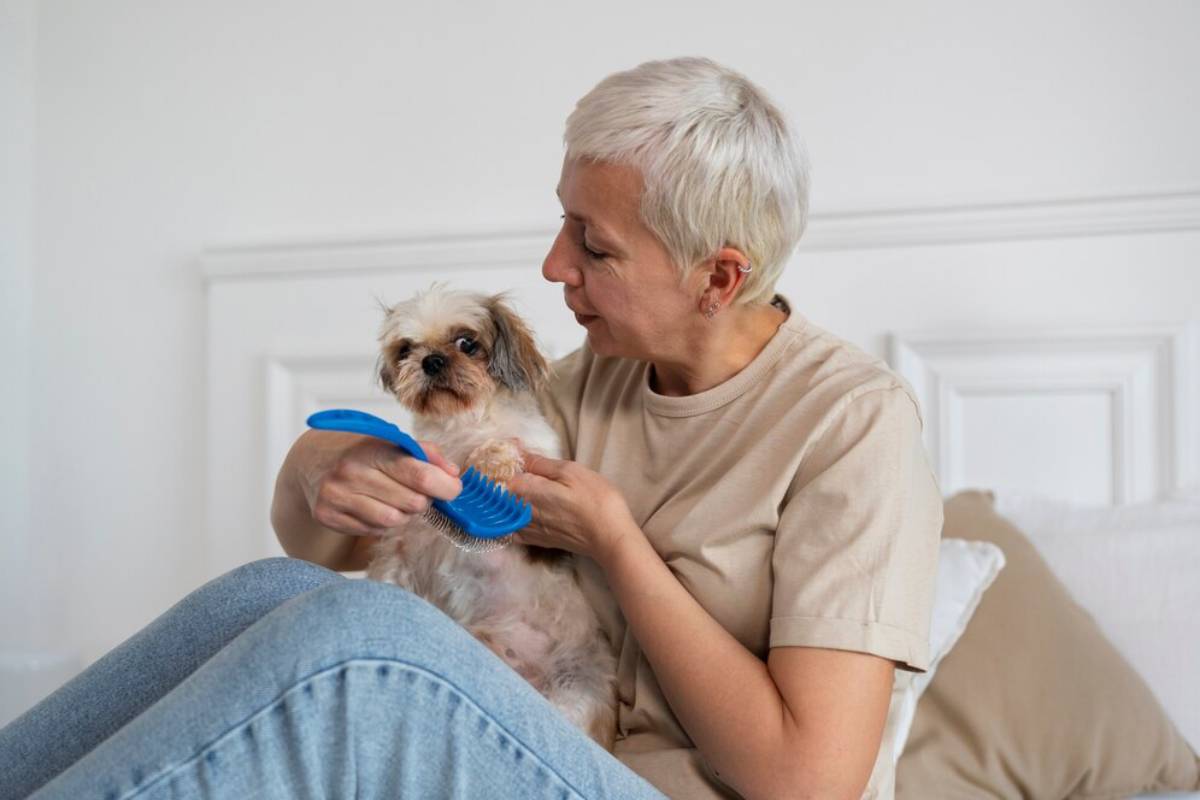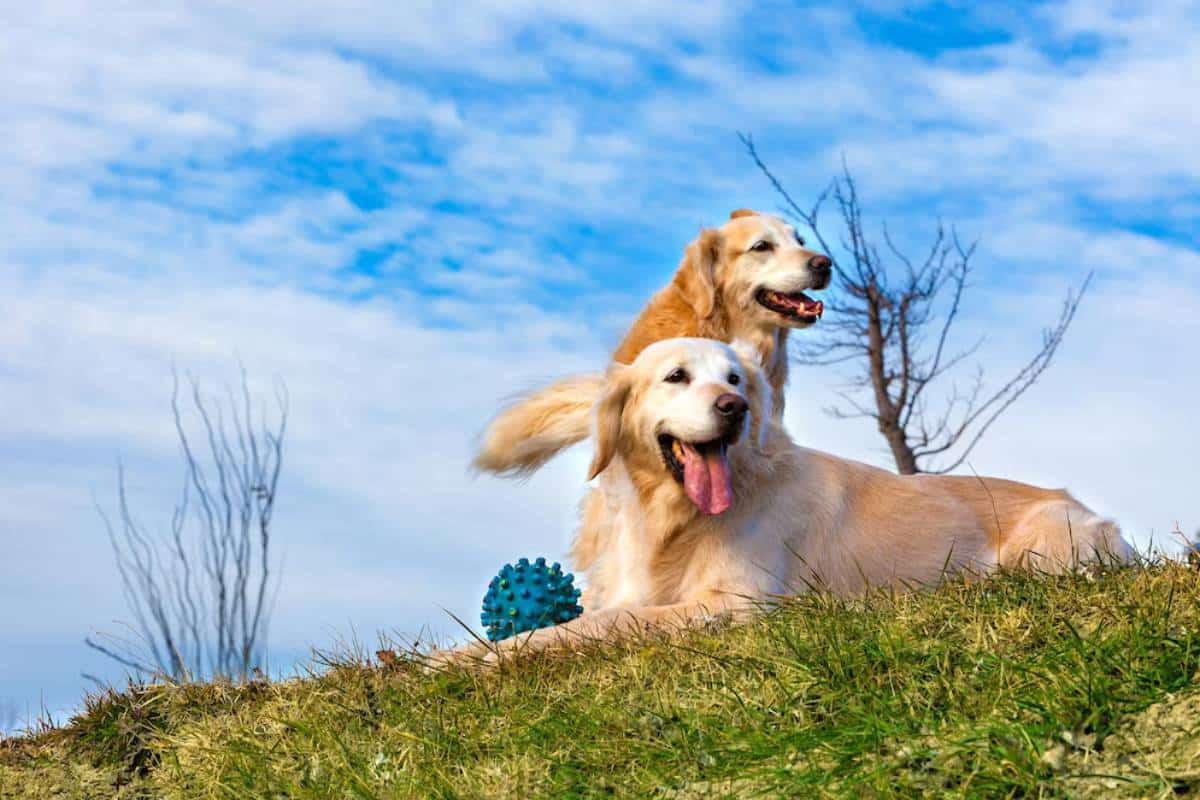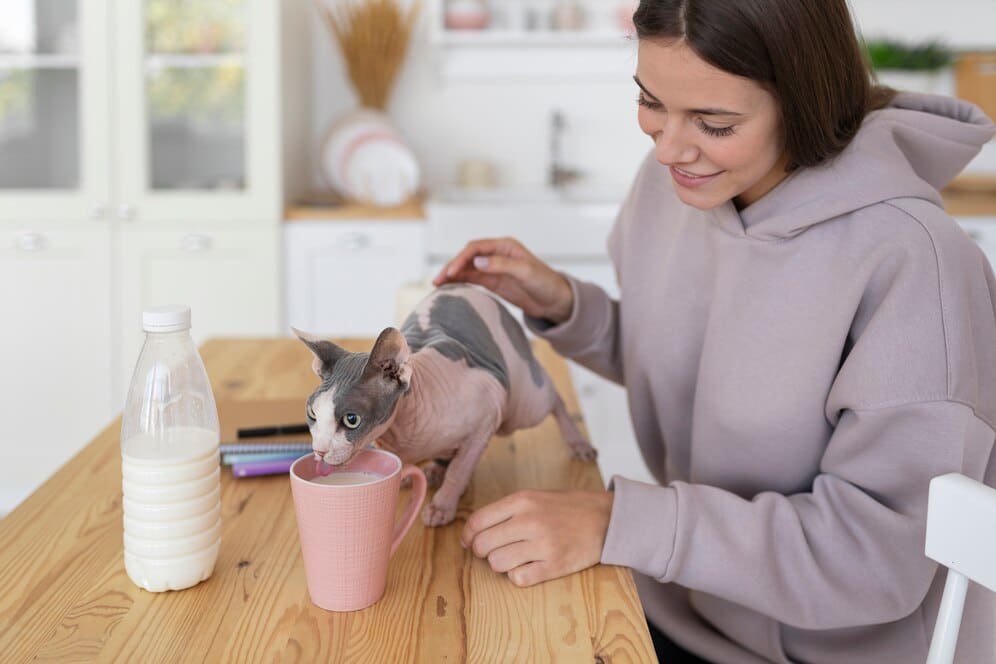
Recognising Signs of Ageing in Pets and How to Respond
Just like humans, pets slow down and change as they grow older. You might start to notice your once-sprightly dog napping more during the day, or your adventurous cat becoming more of a couch companion. While these changes can be heartwarming, they can also raise questions: Is this normal? Should I be concerned? How can I help?
Understanding the signs of ageing in pets is key to supporting them through their golden years. With proper attention, affection, and adjustments, your furry friend can enjoy a high quality of life well into their senior stage.
In this guide, we’ll explore how to identify common changes in elderly pet health, what behaviours and symptoms to monitor, and how to adjust your approach to provide the best possible senior pet care.
When Is a Pet Considered “Senior”?
Ageing varies by species and breed, but general guidelines include:
- Dogs:
- Small breeds: ~10 years
- Medium breeds: ~8 years
- Large/giant breeds: ~6–7 years
- Cats:
- Considered senior from around 10 years of age

Of course, not all pets age at the same pace—genetics, environment, and health history all play a role. Regular vet check-ups will help you understand your pet’s unique ageing timeline.
Common Signs of Ageing in Pets
1. Changes in Mobility
- Slower movements or reluctance to jump/climb
- Difficulty getting up after resting
- Limping or stiffness, especially after exercise
These may indicate arthritis or joint issues—both common in older pets. Gentle walks, soft bedding, and vet-recommended joint supplements can make a big difference.
2. Altered Eating or Drinking Habits
- Eating less (or occasionally more)
- Weight gain or loss
- Increased thirst or urination
These can be signs of dental issues, metabolic disorders, or kidney function changes—key aspects of elderly pet health to monitor closely.
3. Behavioural Shifts
- Increased anxiety or confusion
- Sleeping more (or less) than usual
- Seeming disoriented or “lost” in familiar environments
These symptoms may point to cognitive dysfunction syndrome (CDS)—a type of age-related dementia in pets.
4. Sensory Decline
- Reduced hearing or vision
- Not responding to calls or commands
- Bumping into furniture or walls
If your pet seems less responsive, they may be adapting to partial sight or hearing loss. Keep routines consistent to help them navigate comfortably.

5. Changes in Grooming or Hygiene
- Cats grooming themselves less
- Dogs developing odours or matted fur
- Accidents in the house or litter box
This could indicate pain, incontinence, or reduced flexibility. It’s important to approach these changes with patience and understanding.
How to Support Senior Pets: Practical Tips
1. Schedule Regular Vet Visits
Elderly pets benefit from bi-annual check-ups. These allow vets to detect:
- Early signs of chronic illness
- Dental disease
- Vision or hearing loss
- Pain or discomfort
Preventive care is often more effective (and cost-friendly) than reactive treatment.

2. Adapt Their Diet
Nutritional needs shift with age:
- Choose senior-specific pet food with the right balance of protein, fat, and fibre
- Look for options that support joint, heart, and kidney health
- Maintain a healthy weight—extra weight puts strain on ageing joints and organs
Always transition to new diets gradually and consult your vet for tailored recommendations.
3. Adjust Their Environment
Make your home easier to navigate:
- Add ramps or non-slip mats
- Keep food, water, and litter boxes easily accessible
- Provide a warm, cushioned sleeping area
These changes help reduce stress and prevent accidents for ageing pets.
4. Incorporate Gentle Exercise and Mental Stimulation
- Short, regular walks or gentle playtime maintain mobility
- Puzzle feeders, scent games, and new toys keep their mind active
Staying engaged mentally and physically is crucial for their overall well-being.
5. Show Extra Patience and Love
Ageing pets may become more sensitive or slow to respond. Maintain routines, speak gently, and offer regular affection. Your presence is their greatest comfort.
Special Considerations for Elderly Pet Health
Managing Chronic Conditions
Common age-related issues include:
- Arthritis
- Dental disease
- Diabetes
- Heart and kidney disease
With early detection and the right management plan, many conditions can be well-controlled, ensuring your pet remains happy and pain-free.
Monitoring Pain Levels
Pets often hide pain instinctively. Watch for subtle signs like:
- Panting or restlessness
- Withdrawing from touch
- Changes in posture
Pain management may involve anti-inflammatory medications, physiotherapy, or supplements.
End-of-Life Planning (When Needed)
It’s one of the hardest topics—but an important one. Understanding quality of life markers and discussing care preferences with your vet ensures you can make compassionate, informed decisions when the time comes.
FAQs About Senior Pet Care
“How do I know if my pet is in pain?”
Watch for limping, changes in appetite, reduced activity, or avoidance of stairs and jumping. Your vet can help identify and treat the cause.
“Should I still vaccinate my elderly pet?”
Yes—though the frequency may vary. Older pets still need protection from diseases, especially if they’re immune-compromised.
“Is it normal for my senior pet to sleep more?”
Yes—but a sudden increase in sleep or lethargy may signal an underlying issue. Always check in with your vet if in doubt.
Cherishing the Golden Years
Watching your beloved pet grow older is both tender and bittersweet. While ageing brings its challenges, it also deepens the bond you share. With attentive care, early detection, and plenty of love, your senior companion can thrive well into their later years.
By recognising the signs of ageing pets early and committing to proactive senior pet care, you’re giving your furry friend the best gift of all: comfort, dignity, and companionship when they need it most.
Take action today: Book a wellness check-up, assess your home setup, or try a senior-friendly enrichment activity. Your pet’s golden years deserve the same joy and care they’ve given you all along.


